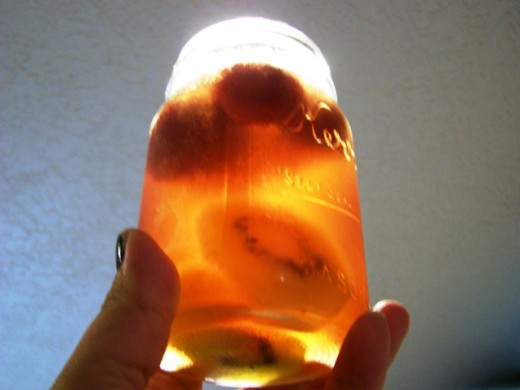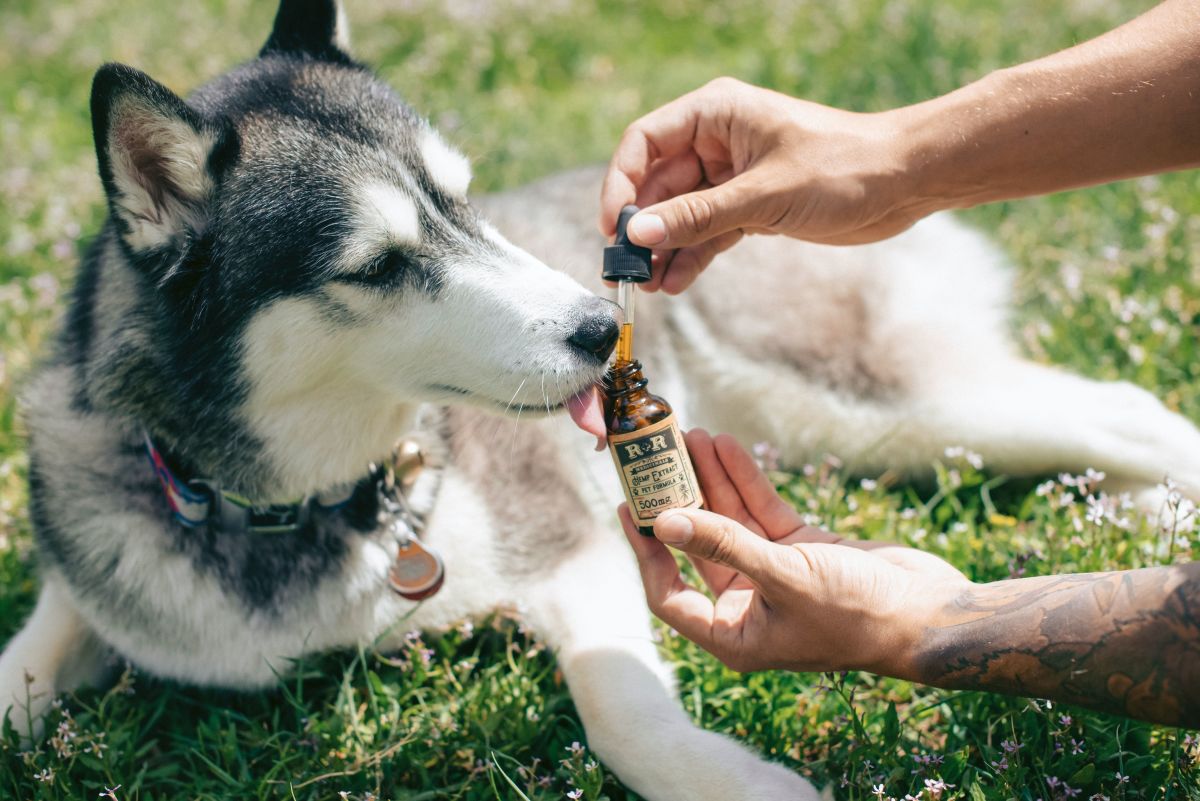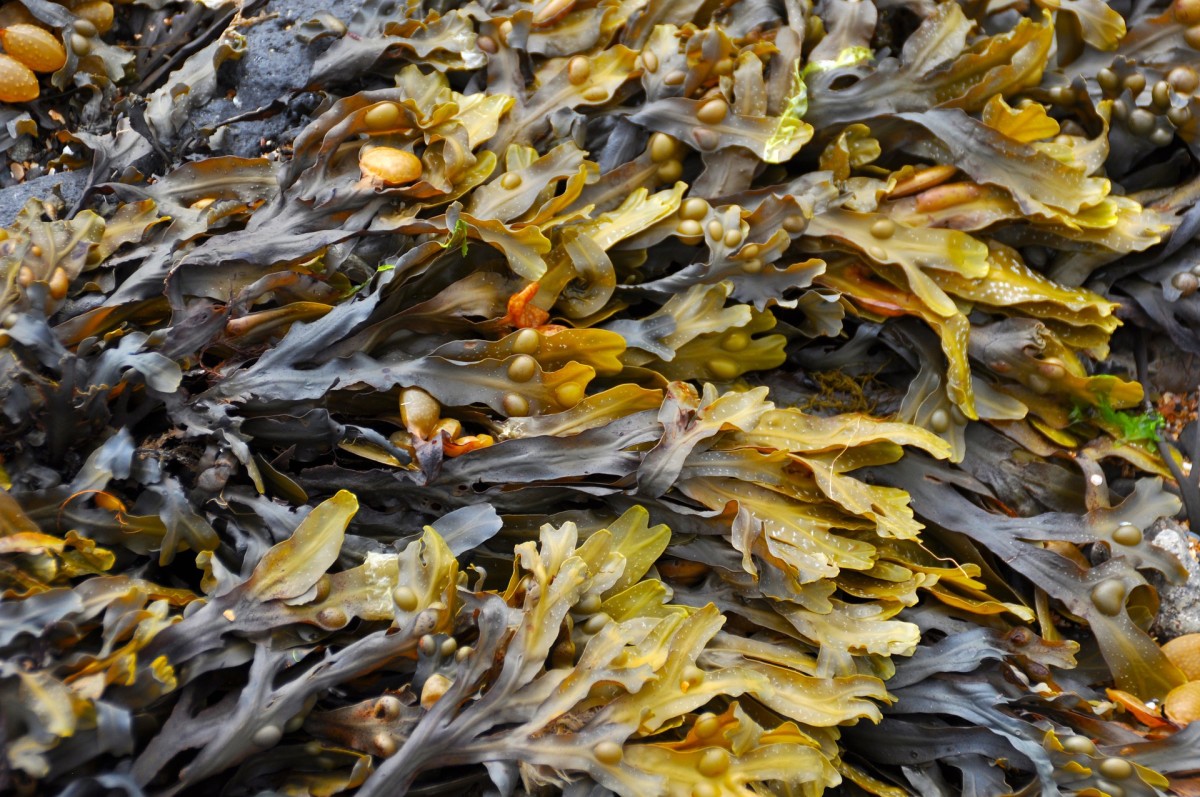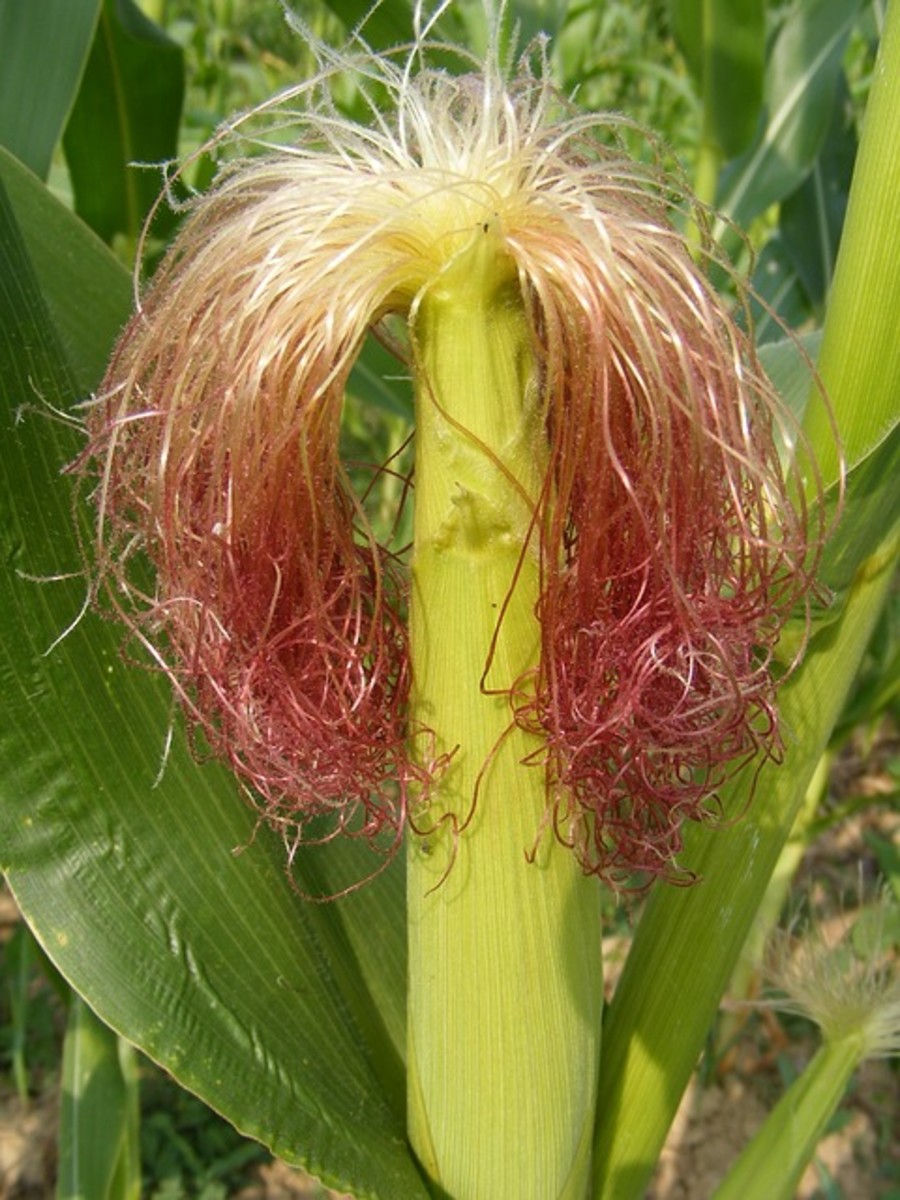What is Kombucha Tea

Kombucha is a natural ferment that is brewed with a mixture of tea, sugar, and a Kombucha mother, or scoby. People all over the world have been consuming Kombucha for hundreds, and in some cultures, thousands of years for medicinal purposes.
The name Kombucha is said to come from a Korean physician named Kombu who treated the Emperor Inyko with the tea, and it became known as Kombucha, ‘Kombu’ being the physician, and ‘cha’ meaning tea.
Many people call it mushroom tea, when in all actuality, the Kombucha scoby is not a mushroom at all. Scoby stands for ‘Symbiotic Culture Of Bacteria and Yeasts’. The culture resembles a flat piece of rubber resembling a pancake that can be white or beige in color. When added to sweetened tea, the culture feeds off the sugar and grows, even reproducing, and in the process fills the tea with healthy vitamins, minerals, probiotics, enzymes, and healthy acids.
As the scoby digests the sugar, many acids are released, such as acetic, amino, butyric, gluconic, glucuronic, lactic, malic, and usnic acids. It also releases B vitamins, and vitamin C. Don’t forget about all of the probiotics, because they are an integral part of what makes Kombucha so amazing.
Every time you make a brew, your scoby will grow a new layer on the surface that you can either leave on the scoby, or peel off to create a new brew. When you have too many scobys, it’s an unwritten rule that you pass them on to others who would like to brew their own Kombucha and never charge for them unless you are providing the supplies that go along with brewing it.
Why is Kombucha so healthy?
Well, there haven’t been a lot of scientific studies done on the health benefits of Kombucha. The little that have been done have shown that it has antibiotic, antiviral, and anti fungal properties. It’s been shown to reduce stress and improve liver function in lab rats. The bulk of the “research” has been done by people who drink it and share testimonies. People have been reducing digestive problems, reducing stress, improving energy and metabolism, healing from illnesses, destroying hypertension, aiding with chronic fatigue, arthritis, cancer, and generally becoming healthier.
What types of tea can I use?
There are many teas you can use when brewing Kombucha.
Black tea-This tea makes the strongest brew. Kombucha brewed with black tea will be a rich amber color and have a deep flavor.
Oolong Tea-This is for people who like the strength of the brew with black tea, but prefer the lighter flavor of green tea.
Green Tea-This tea has a lighter earthy flavor.
White tea-This tea is the lightest and sweetest of the teas. It has a very delicate flavor, and if you don’t like the flavor of Kombucha, white tea is the way to go. White tea has three times more polyphenols, an antioxidant, than green tee.
What do I need to brew Kombucha?
- A one gallon glass jar. Never use plastic.
- A stainless steel pot for boiling water. Don’t use aluminum.
- A wooden or stainless steel spoon.
- A measuring cup.
- Cloth for the cover that is breathable but bug proof.
- A rubber band to put over the cloth cover around the mouth of the jar.
- 6 tea bags of any of the teas listed. They can be mixed. Some people like 3 green teabags and 3 white tea bags. If you prefer loose tea, you’ll use 6 teaspoons of tea in your tea ball.
- 1-1½ cup sugar. It can be white or brown.
- 1 scoby
- 1-2 cups of Kombucha Tea Starter that should have come with your scoby. If not, you can substitute ¼ cup of apple cider vinegar.
How do I brew Kombucha?
- Bring 1 gallon of water to boiling. Most people use distilled or purified water, but if tap water is what you have to use, don’t feel discouraged.
- Add sugar and stir well.
- Remove from heat and add teabags.
- Let stand for ten minutes.
- Remove tea bags.
- Let tea cool completely. If your tea is too hot, it will kill your scoby.
- Pour Kombucha starter in glass jar.
- Pour tea in glass jar.
- Add scoby.
- Cover mouth of the jar with a piece of cloth and secure with a rubber band.
- Place in a warm spot. It doesn’t have to be a dark spot, but it can.
- Leave alone for 7-10 days, depending on how strong you like your brew. The longer you leave it, the stronger it will be.
- Pull your scoby out and inspect it for mold. If moldy, brew is no good and scoby needs to be discarded.
- Use a cheesecloth when pouring Kombucha to avoid getting the slimy stuff in your drink.
- Refrigerate Kombucha and enjoy.
- Make sure you leave some tea out to start your next brew with.
- Brew again.
Can I make it taste better?
Yes. You can mix your brewed Kombucha with juice when drinking, or you can add fresh fruit and let it sit in the refrigerator overnight to infuse the fruit flavor. The most important thing to remember is to have fun and be creative. Try new things, and you’re sure to find something that works the best for you.








